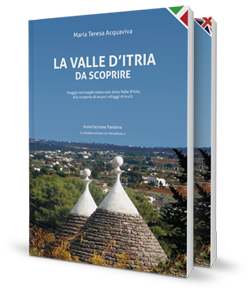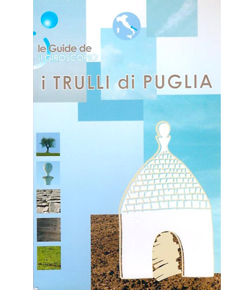Text translated by Google translate.
One of the most common plants in Puglia is the Lentisco (Mastic tree), whose scientific word is pistacia lentiscus. From the coasts to the hinterland of the region, it dominates over all the other plants of the Mediterranean scrub to which it belongs as a species.
At sea it can also be admired in the form of a small tree, while in the hinterland on the Murgian hills, in the center of Puglia, the lentisco is widespread in a shrub form, with very thick, broad foliage, shrubs maximum 3 or 4 meters high. The leaves are always green and dense and if you get close you can smell a perfume that characterizes the plant. The bark of the lentisco is ash-colored and the wood is rosy. It is a dioecious plant, that is, the male and female flowers of red color bloom on different plants in spring and last until June.
Slightly larger than a pea, the berries, the fruits, change from green to intense summer red to almost black in autumn, when the fruit is ripe and full of oil. The berries themselves are very appetizing for birds. Lentisco is a precious plant for the ecosystem and for humans, and our most distant ancestors were aware of this, who learned to use every part of the plant for curative, food and functional purposes and that continues to be used in the pharmaceutical, herbal and food sectors.
The oil of the poor was the oil that is extracted from the lentisco, because only the rich could afford olive oil, or those who owned olive groves, in times of famine and wars. The lentisco grows spontaneously in the woods, it was enough to collect it to extract the oil. In Sardinia, where the plant is widespread, the production of its oil has never been stopped, which is now also purchased by tourists because it is good for seasoning soups, salads, for frying. Sardinian producers also use it to preserve a type of pecorino (typical cheese). But every part of the lentisco has been used since very remote times, like saying "nothing was wasted away". Speaking of oil, for example, the squeezing residues fed the livestock. Moving on to the other parts of the plant, a kind of mastic, known as Mastic of Chio, was produced from the twigs, in reference to the Greek island where it began to be produced. It is a rubbery resin that is extracted from the twigs, excellent for healing wounds, but also good for chewing for cleaning the oral cavity. With the leaves they were made infusions to relieve stomach pain, teeth, against dysentery. Always the leaves, if stored in the socks, attenuated the bad smell.
The tannin and potash used in tanneries were extracted from this wonderful Mediterranean plant. The tannin does not attack the plant from livestock, but makes the soil under the plant a little acidic. The Lentisco wood has also been used as firewood, to produce vegetable charcoal, to bake pizza in the oven because it quickly reaches high temperatures. In addition, the twigs are still used by the maestri cestai ( basket makers), for the production of baskets of various sizes useful for the fruit picking.
Not to forget the ecological function of the plant that populates the undergrowth in the woods of the Murgia, but also grows outside wooded contexts. The lentisco is among the first plants to revive the forests destroyed by fires, therefore it performs an improvement function with the roots and with the fall of the leaves, so as to form a humus also used to fertilize gardens and gardens.
While the lentisco wood burned the ancients foresaw the future; in mythology it was a symbol of purity because virgins adorned themselves with leaves. In the Bible it is mentioned in the story of Susanna and the Elders, in the book of Daniel of the Old Testament. Susanna is told about a beautiful woman wife of the Jew Ioakìm and educated according to the law of Moses. The Jews gathered in the house of wealthy Ioakìm to discuss legal issues before two elderly magistrates, the elders. One day after everyone had said goodbye, the beautiful Susanna was walking in the garden accompanied by two handmaids. Because of the intense heat, the woman decided to take a bath by stripping herself. The two old men strongly attracted to the woman ambushed her. Out in the open they blackmailed her asking her to join them or they would have reported her to adultery with another young man. Susanna rejected them and the two old men accused her publicly. The People's Assembly believed the two shady individuals and sentenced the poor woman to stoning. At this point, God makes Daniel intervene, who questioned the two old men separately, who when asked "where did the adultery take place", one answered under a holm oak and the other under a mastic tree, revealing their dishonesty.
So don't go overboard if you say that a mastic can save your life.













